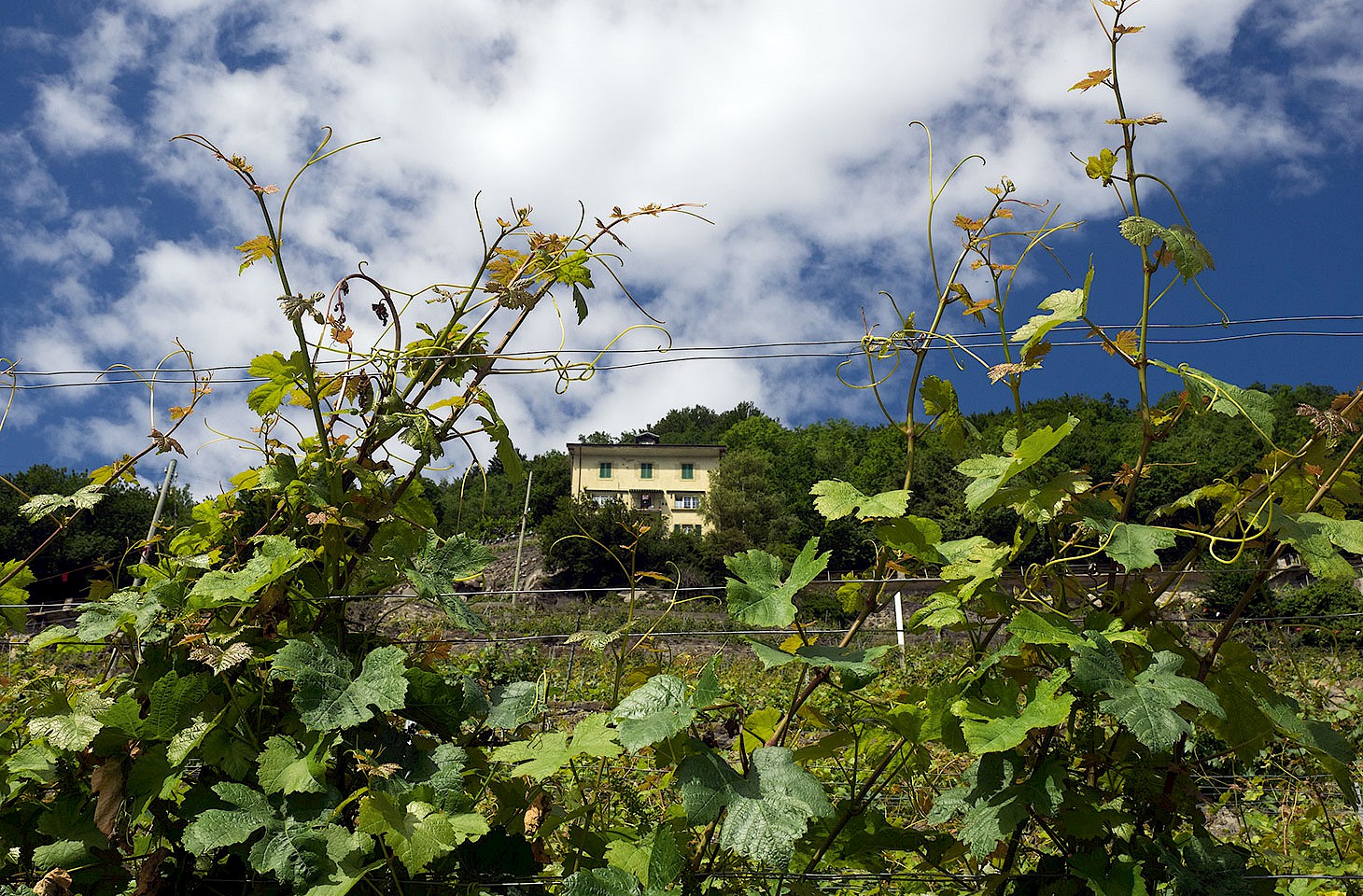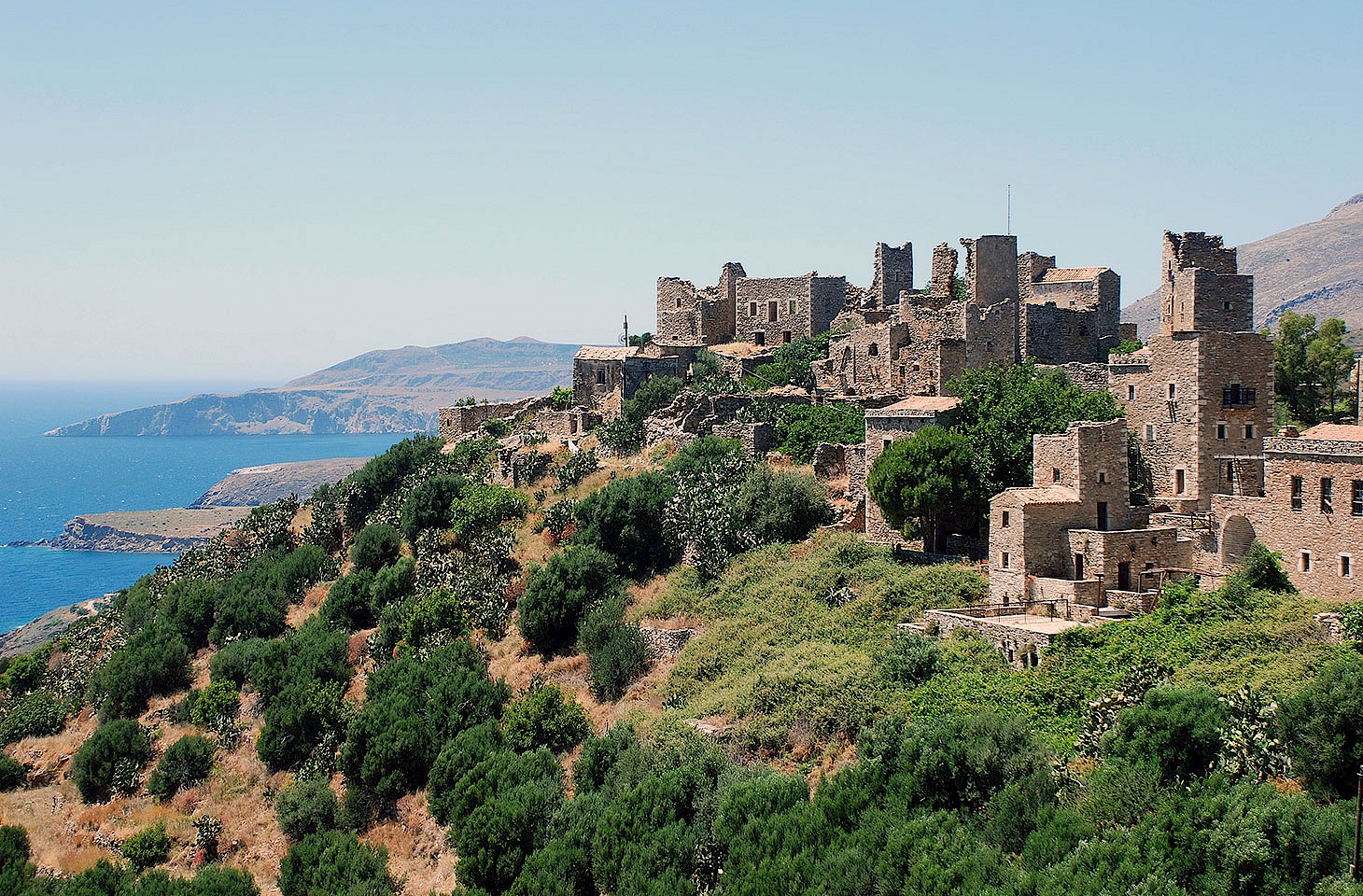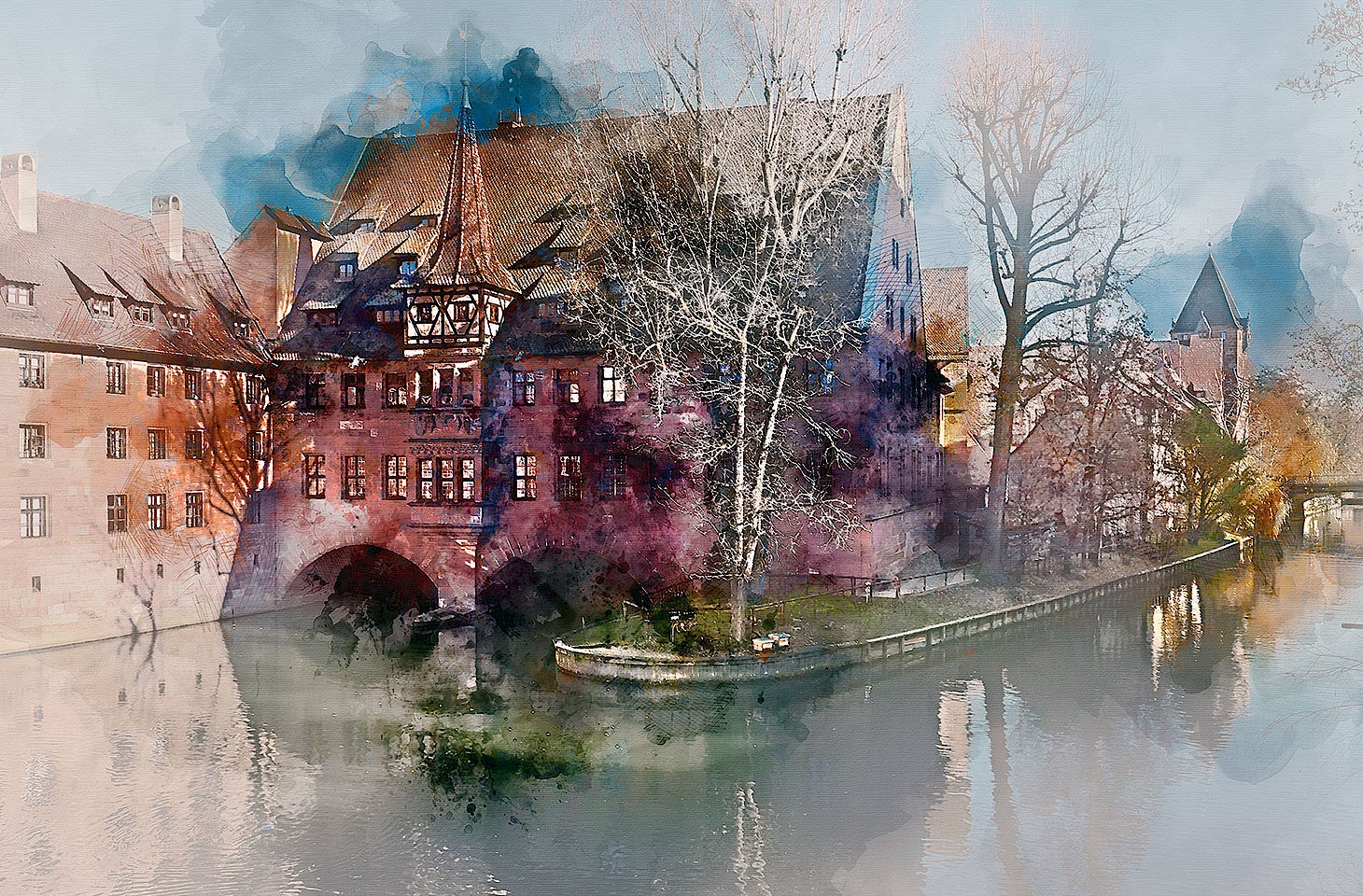Dear fellow travellers
This time last year, our loyal subscribers were reviewing the final print offering from hidden europe. Issue 70 of the magazine was an opportunity for some of our writers to reflect on hidden europe. Laurence Mitchell rose to the challenge. Over the years Laurence penned many fine articles for hidden europe, focusing on communities which are way off the beaten track. But in his contribution to issue 70, he stayed close to his Norfolk home, looking at how the flint scattered across the fields of East Anglia has shaped local townscapes and regional identity.
As readers will recall, we are now progressively making available the full text of articles originally published in print in hidden europe. When we asked Laurence which of his features he might offer, he reminded us of his core interest in border regions. “There’s something special about those places where culture, politics and religion collide and, in some instances, coexist quite happily,” he wrote. That of course has always been a key theme for hidden europe. You may remember our reports on Muslim villages in north-east Poland or Orthodox communities in Finland.
So today we are publishing online four of Laurence’s articles which explore cultural border zones. They include two pieces on Georgia, one on Bulgaria’s frontier region with Turkey and a feature on Kazan, the largest city in Tatarstan – one of the constituent republics of the Russian Federation. It’s well west of the Urals, so very much part of European Russia. Of the latter, Laurence remarks “for some it will be a surprise to learn of a Muslim enclave of Turkic-speaking people at the same latitude as Glasgow.”
One of the Georgia pieces focuses on a forgotten synagogue in the country’s Racha province. The other is on Adjara, a Black Sea coastal region with strong classical connections, notably the legend of the Golden Fleece. The Bulgaria feature also plays up classical associations. So two areas, at opposite ends of the Black Sea - a body of water which Neal Ascherson memorably dubbed “the birthplace of civilization and barbarism.” Reach for your copies of Ascherson’s wonderful book Black Sea. But first take time to read Laurence’s four articles on our website.
Laurence Mitchell’s blog, always a delight to read, is called East of Elveden. It focuses on unsung geographies of eastern England, with just a few forays west of the Suffolk village of Elveden for good measure. You may also like Laurence’s book Westering (published by Saraband) exploring folkways and footways from Norfolk west to the shores of Cardigan Bay in Wales. Laurence has also written many titles for Bradt Guides and Cicerone Guides.
We hope you are enjoying sunny summer days and happy travels. In the last six weeks, our European meanderings have taken us from the Loire Valley to Vienna, from the shores of the Wannsee (in Berlin) to Lake Geneva. In Switzerland, we visited the Château de Chillon, where Byron carved his name on a stone pillar in the dungeon. While in France, we were bowed over by the magnificent Apocalypse Tapestry in Angers. We stayed in two smaller cities in France where we had never before spent a night: Bourges and Colmar. Of these and other things, we shall report in future issues of our Letter from Europe.
Nicky Gardner & Susanne Kries




